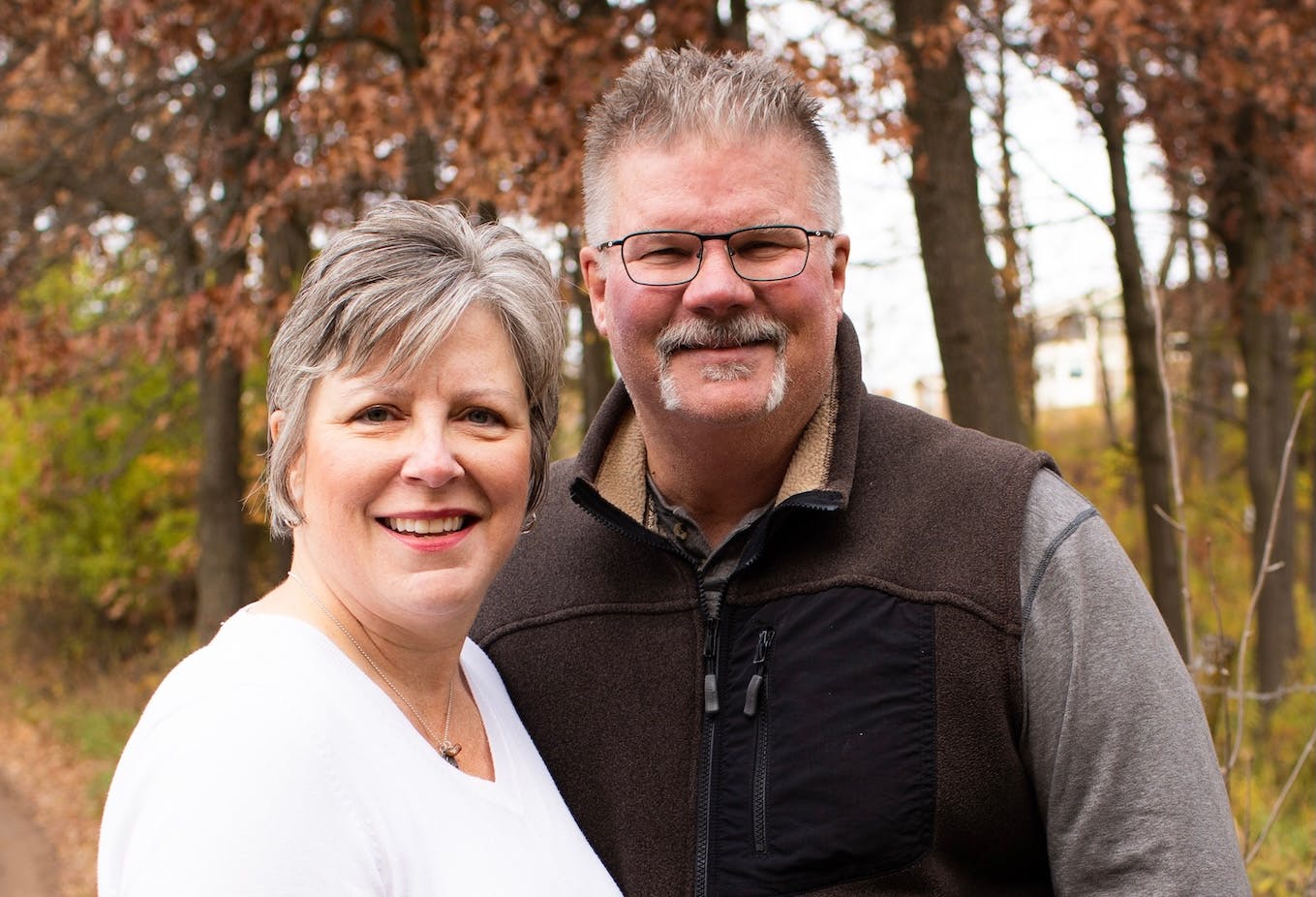Carbon Monoxide Dangers Rise With Heating Season
Minnesota Commerce Department urges Minnesotans to be aware of the risks of CO poisoning
On Dec. 20, 2013, a college senior at South Dakota State University was home for the holidays in Springfield, Minn. Adam Jensen's body was found at a friend's farmhouse the morning he was supposed to go hunting. He had died from carbon monoxide poisoning.
"It's a silent killer and it can happen to anybody," said Glenn Jensen, Adam's father.
Adam was 23 years old when he died. He had plans to start a business with his sister after he graduated with a degree in agricultural business. It was a shock to his family when he died.
"We just don't want anybody to go through what we went through," Glenn said.
Carbon monoxide poisoning is preventable and Glenn said that if a carbon monoxide detector had been in the home of where his son Adam was sleeping, he would still be alive today.
Hastings native Jeff Sieben was the Jensen family attorney in the case dealing with Adam's death. He looked into why the levels of carbon monoxide were so high in the farmhouse and who would be held accountable.
"The family had some work done on the boiler, a natural gas boiler that most of the homes in our community here in Hastings have," Sieben said. "I grew up with one."
Sieben said this boiler had not been cleaned out since it was installed 17 years earlier. It was so dirty that even non-engineers would be able to tell it was dirty, he said.
Earlier in the day, before Adam spent the night at the farmhouse, a contractor came into the home to change the vent damper on the boiler. The boys were exposed to high levels of carbon monoxide because the boiler was dirty, the vent damper failed to open, and the homeowner did not have any carbon monoxide detector in the home.
Prevent CO poisoning
The Minnesota Department of Commerce recently released a safety reminder to Minnesotans. "With the start of the fall and winter heating season...be aware of the risks of carbon monoxide poisoning. Every year about 500 people die in the United States from unintentional exposure to carbon monoxide," it said.
> Properly vent and maintain fuel-burning appliances, the Minnesota Department of Commerce says all fuel-burning appliances should be properly vented, operated or maintained. These include furnaces, water heaters, gas or kerosene space heaters, gas boilers, gas ranges, charcoal or gas grills, fireplaces and wood stoves, motor vehicles and yard equipment.
CO buildup in a home often results from problems with venting flue gases. An appliance intended for outdoor use such as a barbecue grill, camp stove or portable generator should never be used in an enclosed space. Don't idle a car in a garage for any length of time. High levels of CO can accumulate even if the garage door is open.
> Know the effects of CO poisoning. CO can produce flu-like symptoms. First signs may include mild headache and breathlessness with moderate exercise. Continued exposure can lead to more severe headaches, dizziness, fatigue and nausea. Breathing in high levels of CO can cause people to lose consciousness and die even before they are aware of any symptoms.
> Install and maintain CO alarms in your home. Minnesota law requires that every home have at least one operational CO alarm within 10 feet of every room used for sleeping.
For the Jensen family, if the boiler had been cleaned out then the level of CO would not have been at the level it was, if the safety on the vent damper had worked, or if there had been a carbon monoxide detection in the home, it's possible the boys would be alive today. If any one of those things had been different, there may have been a different outcome.
"Check your carbon monoxide detector and have your boiler cleaned," Sieben said, "either of those things and these boys would be alive."












